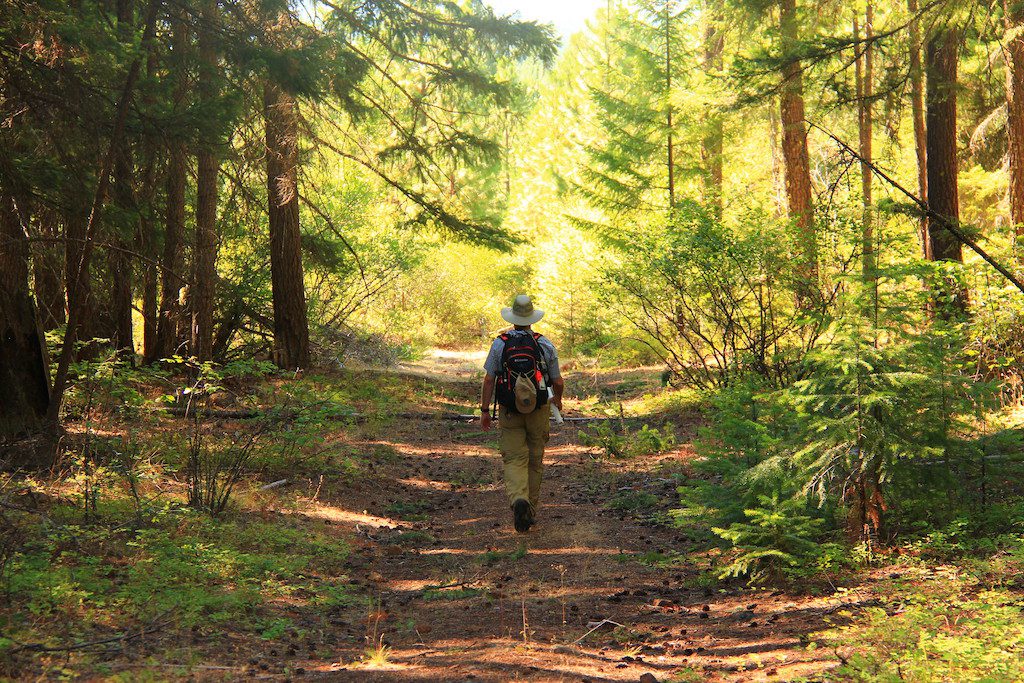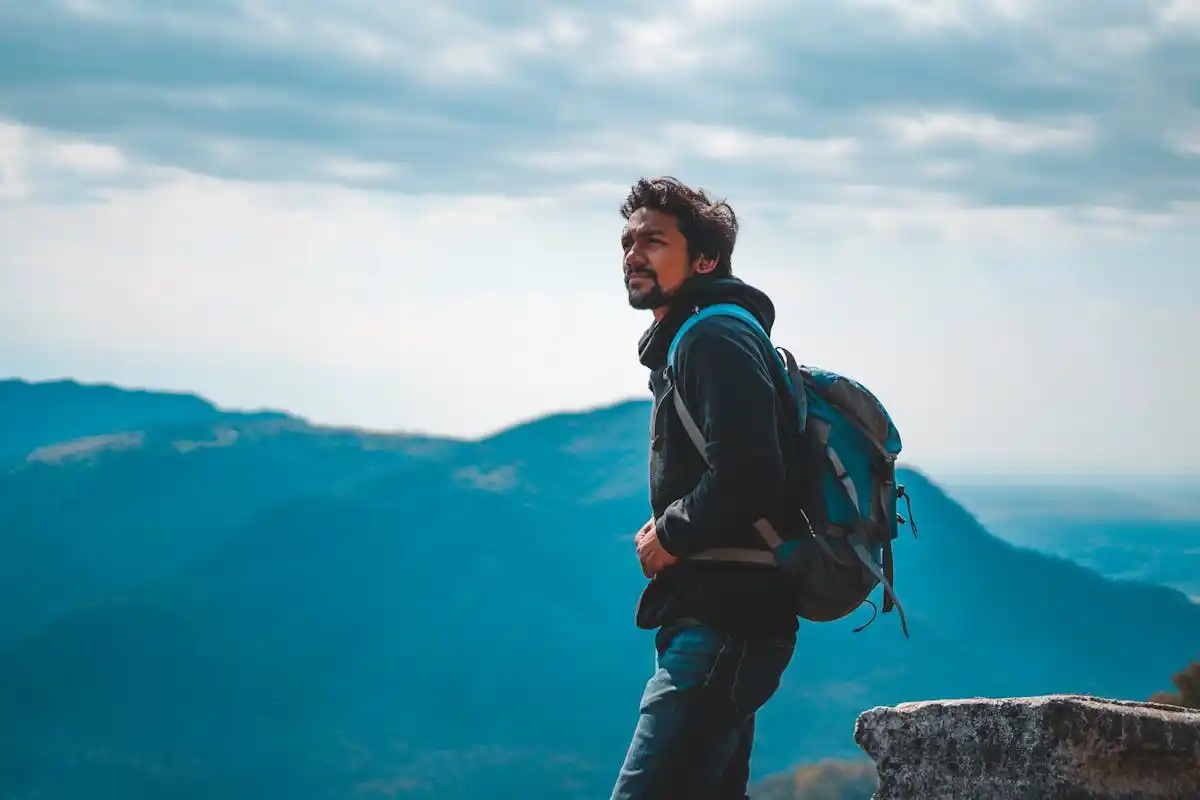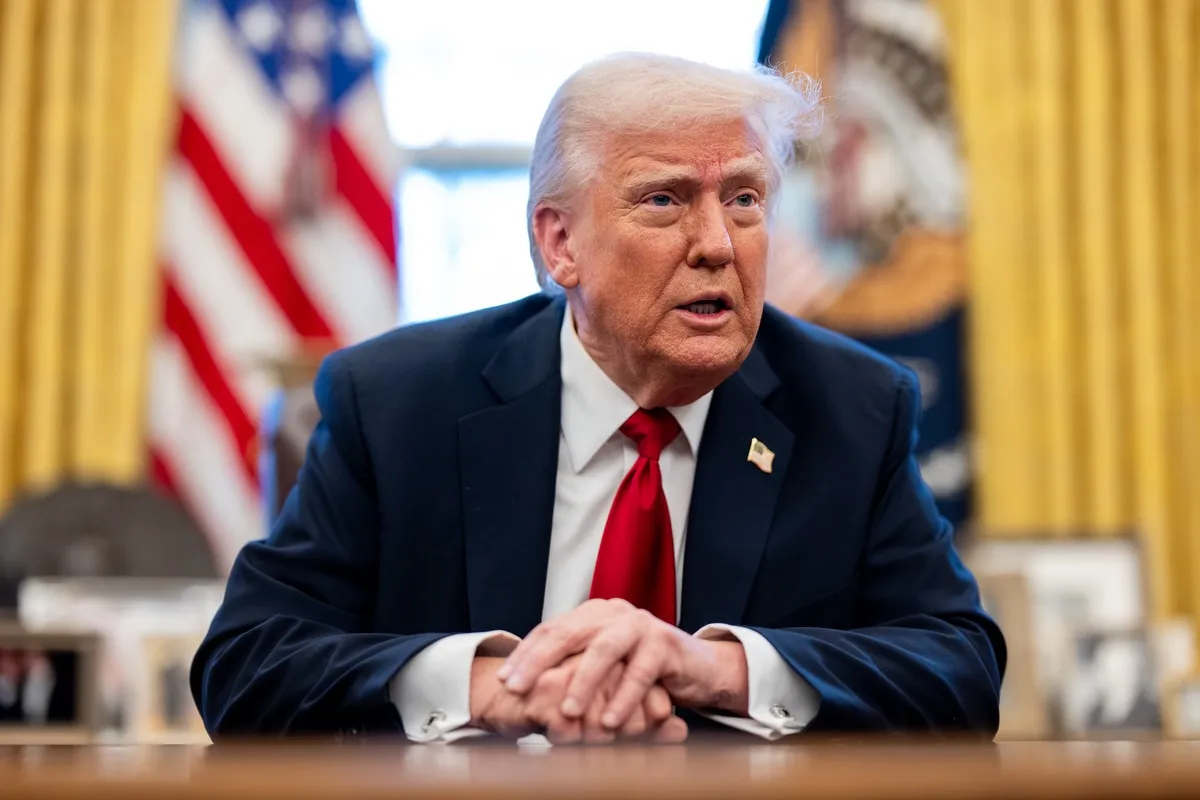Destinations Leverage Tourism Pledges as Marketing Tactic in Age of Overtourism

Skift Take
It wasn’t long after the concept of overtourism entered the mainstream that the tourism pledge followed. From Iceland and New Zealand to Big Sur and Hawaii, these consumer-facing campaigns seem ubiquitous all of a sudden, asking travelers to adhere as much to common decency (don’t urinate in public) as to environmental consciousness (don’t disturb fragile habitats).
In a sense, they're the perfect manifestation of the current moment: when destination marketing organizations are in the business of managing the impact of tourists as much as making sure they continue to turn up. It might be easy to dismiss them as a PR stunt, but done right, these pledges can also help attract the kinds of conscientious, high-value travelers that so many destinations are keen to host. As a marketing tactic, it’s admittedly a subtle one. But in the age of overtourism, that might be a good thing.
That’s what Bend, Oregon, and a slew of other mountain towns in the American West are hoping to achieve with their Pledge for the Wild campaign, which launches this week. Unlike other pledges where a traveler signs on an online petition-like form, a participant pledges through a text-to-donate channel, which directs a donation to an environmental nonprofit tied to a local issue. Travelers will interact with or see the campaign through multiple touchpoints, including out-of-home ads, radio spots, coasters in local brew pubs, and ideally, on social media before they even leave for their trip. The suggested donation included in the ads is nominal: $1 per hour spent in a wild area.
Kevney Dugan, CEO of Visit Bend, said that part of the inspiration for the campaign was the One Percent for the Planet initiative, co-founded by Patagonia’s CEO Yvon Chouinard in 2002 and now encompassing more than 1,800 retailers and members. The small donation amount is less about amassing large funds right away — though as more towns join and travelers pledge, he hopes that will happen — and more about asking the traveler to think about their impact as they enjoy these wild spaces with leave-no-trace principles. With many travelers to Bend being repeat visitors, he hopes the pledge will make them feel like they have a stake in the land — and thus more of a reason to return.
“What we’re now seeing is close to two-thirds of our visitors are repeat visitors. What that tells me is that as a destination, we’ve become desirable enough that we’re getting repeat visitation, and we are getting people who are building their sense of place in our community,” Dugan said. “They may not take action in the first go-around, but long term they will start to understand that this expectation is there, and they start to build it into their vacation.”
Nate Wyeth, head of communications and marketing for Visit Bend, hopes that more destination marketing organizations will follow suit with this kind of thinking, with Flagstaff, South Lake Tahoe, Bozeman, and Steamboat Springs already on board with the pledge. “DMOs are particularly well positioned to make something like this succeed because we already know how to talk to our visitors, and we have the tools to do that. So as opposed to this coming from an environmental group or nonprofit, we are placed to make this succeed.”
Hearts and Minds
It's hard to argue that any tourist pledge has been more successful than that of the small island nation of Palau, which launched the Palau Pledge in late 2017. As the first nation to change its immigration law to enact an environmental pledge, all visitors to Palau get a stamp in their passport which they must sign in order to be granted entry, as well as an arrivals form which includes language outlining the consequences of failing to adhere to these principles. They are also shown an in-flight video before landing, and given a small brochure in their passport to explain the nation’s shared ethos of conservation.
https://www.youtube.com/watch?v=KhuY8eNLzBM
Two of the creators of the Palau Pledge — Jennifer Koskelin-Gibbons and Laura Clarke, both from a professional marketing background — emphasize that the pledge was not conceived as a marketing tool, but rather out of an urgent need to conserve the environment through educating visitors. However as a side effect, it also attracts the kinds of travelers aligned with those principles.
“Once you put that message out, that should signal to people that if you’re like-minded, please visit us. If there was a marketing component to this, that was really it,” Koskelin-Gibbons said, “To make sure that people understood how we as a people want to protect our space, and we hope that you’re the same when you come to Palau.”
The pledge has been given dozens of international awards and press — including the prestigious D&AD Black Pencil and the Titanium Grand Prix at the Cannes Lions International Festival of Creativity — but that’s not its only sign of success. Koskelin-Gibbons told Skift that Stanford researchers who polled visitors to the island found that 7 to 10 percent of respondents reported being partially motivated to visit by the pledge, as well as by Palau’s policy to instate the world's first "no-take" marine sanctuary. In other words, a portion of visitors are coming to Palau because they know it's a destination that values protecting its environment.
While pledges like Big Sur's are crafted from an ethos of community cooperation being passed onto visitors, they don't give much of a chance for much interaction beyond signing a web page. On the other hand, both Palau Pledge and Pledge for the Wild’s campaigns share a high level of consumer engagement as a commonality. Both include the opportunity for travelers to come across the campaign before their trip via social media. In other words, they are more than a deterrent or list of rules saying: If you come here, promise you won’t do these things.
That matters. It’s unlikely that someone will be motivated to visit a place by a web page alone; it’s far more feasible they might be excited to get a unique passport stamp from Palau officials that they have to physically sign. Or similarly, as Dugan suggested, get a kick out of doing the math at the end of their vacation to figure out how long they spent in a national park, and thus how much money they should pledge via text.
These kinds of campaigns, Koskelin-Gibbons said, are effective when they engage the traveler at a deeper level.
“A pledge isn’t necessarily going to work in every space,” Koskelin-Gibbons said. “But the overarching philosophy we had going into this was knowing from our past marketing experiences how to effect change and behavior: It’s making sure that you’re not appealing to the intellect but to the heart and mind.”





